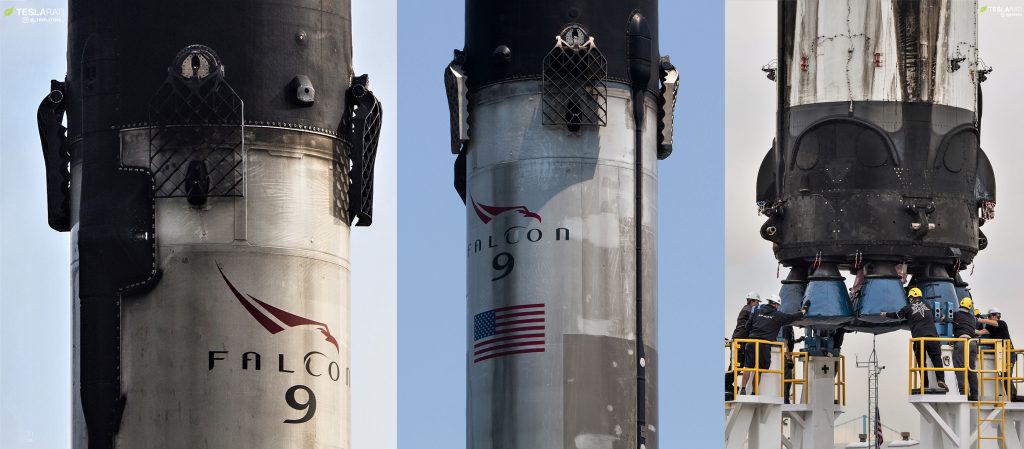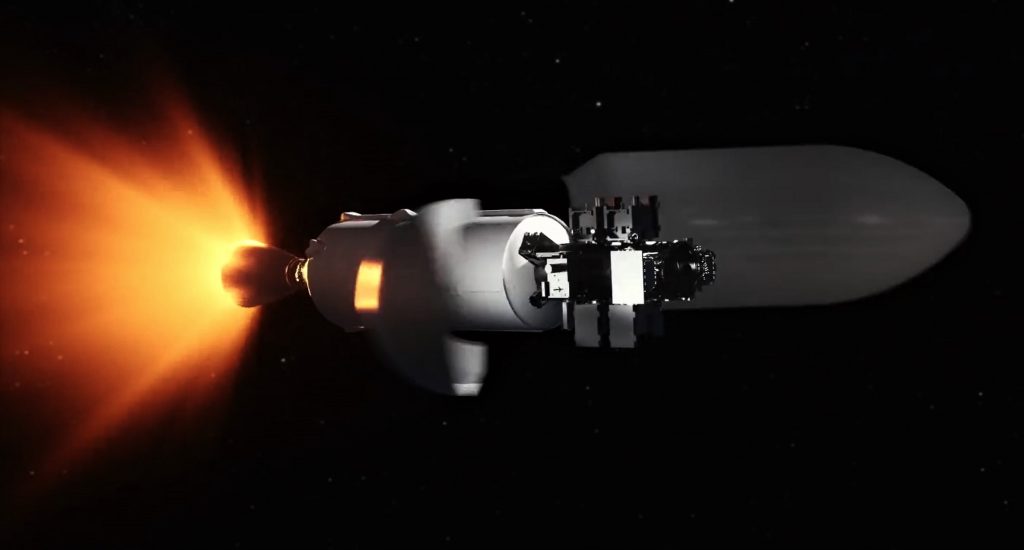SpaceX’s workhorse Falcon 9 rocket is ready for the company’s 12th launch this year, set to send a reused Cargo Dragon spacecraft on its way to the International Space Station (ISS) and conclude with a surprise drone ship landing attempt.
SpaceX is about eight hours out from launching CRS-19, set to become Cargo Dragon’s 20th orbital mission and 19th space station rendezvous and resupply. It will also be the second time a single Cargo Dragon capsule flies its third orbital mission and the eight Dragon reuse overall, continuing proof that SpaceX is by far the leading global expert in launch vehicle and orbital spacecraft recovery and reuse.
Set to lift off no earlier than 12:51 pm ET (16:51 UTC), December 4th, CRS-19 will see flight-proven Cargo Dragon capsule C106 launch atop a new expendable trunk and upper stage, as well as a new Falcon 9 booster – an increasingly unusual sight. After a Falcon Heavy Block 5 launch completed earlier this year, SpaceX passed a threshold where it had recovered more boosters after launch than it had expended, equating to 40+ successful landings. Since Falcon 9 Block 5 – a reusability and reliability-focused upgrade – debuted in May 2018, sooty (i.e. flight-proven) boosters have become an increasingly common sight.
Between Falcon Heavy’s two 2019 launches, four new boosters marked their flight debut, while Falcon 9 missions have only debuted two new boosters – soon to be three after CRS-19. In other words, as of today, 7 of Falcon 9’s 9 2019 launches have involved flight-proven boosters – more than 75%. In fact, Block 5 is proving so robust that SpaceX has actually intentionally slowed down booster production at its Hawthorne, CA factory, hoping to instead treat its currently flightworthy rockets as a true fleet, cycling through them to launch dozens of missions.

Cargo Dragon with a (rare) side of drone ship
Beyond the rarity of a new booster’s launch debut and Cargo Dragon’s increasingly impressive history of reusability, CRS-19 – as discussed at length in earlier articles – will also see Falcon 9 booster B1058 attempt to land aboard drone ship Of Course I Still Love You (OCISLY) some 350 km (200 mi) downrange. Aside from CRS-17’s Crew Dragon explosion-related drone ship landing in May 2019, all CRS mission booster recoveries since April 2016 have landed (or at least attempted to land) at SpaceX’s Cape Canaveral-based LZ-1 or LZ-2 landing pads.
Close to shore by average drone ship landing standards but a cross-country jaunt compared to CRS-17’s unusual May 2019 booster landing aboard OCISLY, SpaceX explained the odd booster recovery plans in a routine prelaunch press conference yesterday afternoon.
“[After Dragon is deployed and CRS-19’s launch concludes], SpaceX is going to perform an…ambitious coast test, requiring larger propellant margins that must be withdrawn from Falcon 9’s own landing propellant budget.”
Teslarati — December 3rd, 2019

In short, SpaceX needs to leave more propellant for the upper stage, thus limiting B1058’s ability to boost all the way back to the Florida coast. Instead, it will only partially slow its Eastbound velocity, still leaving enough margin for drone ship OCISLY to station relatively close to the Florida coast compared to more common (and more demanding) booster recovery profiles.
All told, SpaceX says Falcon 9’s upper stage will attempt to perform a six-hour coast (“thermal test”) after CRS-19, concluding with a final Merlin Vacuum engine reignition and deorbit burn, similar to a test performed after CRS-18’s recent July 2019 launch. These tests are meant to satisfy what SpaceX described as the requirements of “other customers”, of which the USAF is by far the best known for its long-duration coast demands. For an upper stage powered by cryogenic liquid fuel, remaining fully functional for hours in orbit is one of the single greatest technical challenges that face modern rocketry.
Tune in around 12:30 pm ET (16:30 UTC) at the webcast below to watch Falcon 9’s CRS-19 launch and landing live.
Check out Teslarati’s newsletters for prompt updates, on-the-ground perspectives, and unique glimpses of SpaceX’s rocket launch and recovery processes.

(adsbygoogle = window.adsbygoogle || []).push({});
<!–
–>
var disqus_shortname = «teslarati»;
var disqus_title = «SpaceX Falcon 9 to attempt unusual drone ship landing after space station resupply launch»;
var disqus_url = «https://www.teslarati.com/spacex-falcon-9-surprise-drone-ship-landing-cargo-dragon-launch/»;
var disqus_identifier = «teslarati-122210»;

